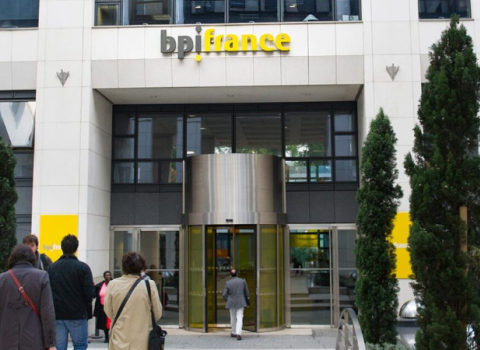
Karin Markides, rector of Chalmers University of Technology
But she wants Chalmers to participate in the EIT project, which got the political go-ahead last year and will soon invite colleges, institutes and businesses to compete for places in its so-called knowledge and innovation communities (KICs).
For someone who has spent their whole working life inside universities, apart from a two-year stint at Vinnova, the Swedish government innovation agency, Markides shows an unusual awareness of the world of business.And ironically, it is this awareness that fuels her doubts about the grand European project, inspired by European Commission president José Manuel Barroso – ironic because the role of the private sector is crucial to the success of the EIT.
In an interview with Science|Business last week at a meeting in Brussels, Markides explained how her university has embraced the world of business through partnerships and collaboration.
Chalmers claims to be a pioneer in Europe in the field of start-up companies. In addition to technology, natural sciences and architecture – its three academic fortes – it also teaches entrepreneurship and innovation, and it hosts science parks and incubators for young technology firms. Big companies such as Ford subsidiary Volvo Cars and truck maker Scania are partners in the Chalmers Automotive Academy.
‘You have to be humble’
“Our contacts with businesses are at the highest level, CEOs,” Markides says with some pride. “The big companies function on a global, as well as a local level. You have to be aware of that and you have to be humble,” she adds.
Working together with companies is the best way for science and technology to make an impact in society. But for the relationship to work successfully “you must consider the culture and the driving forces” of your corporate partners, and they have to do the same, she says.
“Our entrepreneurial school and innovation system need private sector funding and the personal engagement of senior businessmen and women. We get both through the trust we have built dealing with the CEOs of companies,” she says.
And here’s the rub. “By joining a KIC, Chalmers could put these close ties with companies, and the trust they are built on, at risk.”
So why is she willing to take that risk? “It is important that Chalmers contributes in the development of the next practice to make Europe a good place to do research,” she says.
She has some specific concerns about the way the EIT is being set up. She is a great fan of benchmarking and she argues that this process appears to have been somewhat overlooked by the architects of the EIT, although the structure has been developed with MIT and Cambridge as models.
“I think it is important to evaluate your process against the best process already around. With the EIT I don't think this is part of the plan for the launched KICs,” she says.
Decision time for the EIT
The EIT’s first call for proposals will run from April to August this year. Markides said the way it is written will be vital. “The EIT must decide if it wants to build functional clusters or networks of partners situated in different locations around Europe,” she says.
And especially with the private sector in mind, she urges the EIT’s governing board to “ask for growth and goal indicators in the KICs, rather than just defining entrance rules”.
“There are as many risks as opportunities with the EIT. It’s important to take into account the experiences and good practice in Europe so that we don’t make this big project hamper existing long-term innovation capacity building,” she says. “This is why I think that the CESAER network would be a most useful ‘benchmark’ group to provide ‘next practice’ for the development of EIT.”
CESAER is a non-profit-making international association of 60 European engineering universities, colleges and schools. Its main objective is to improve links between the students and researchers in its members.
Does she also see Chalmers, with its ties between business and basic science, its science parks and its specialised clusters as a role model for the EIT? “You could learn a lot from it,” she says modestly.





 A unique international forum for public research organisations and companies to connect their external engagement with strategic interests around their R&D system.
A unique international forum for public research organisations and companies to connect their external engagement with strategic interests around their R&D system.